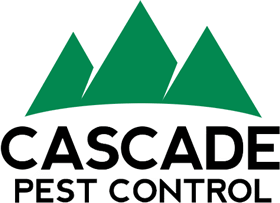Author: Kurt Treftz, Cascade Pest Control
Mice have established a secure foothold in the Puget Sound region. From urban areas to our expansive forests, meadows, and wetlands, Seattle and the surrounding areas are home to a number of native and introduced mouse species. They spread disease, infest homes, and destroy crops / gardens. Get ahead of these critters by knowing a bit more about them and to get help if you find yourself with a mouse infestation.
Deer mouse (Peromyscus Maniculatus)
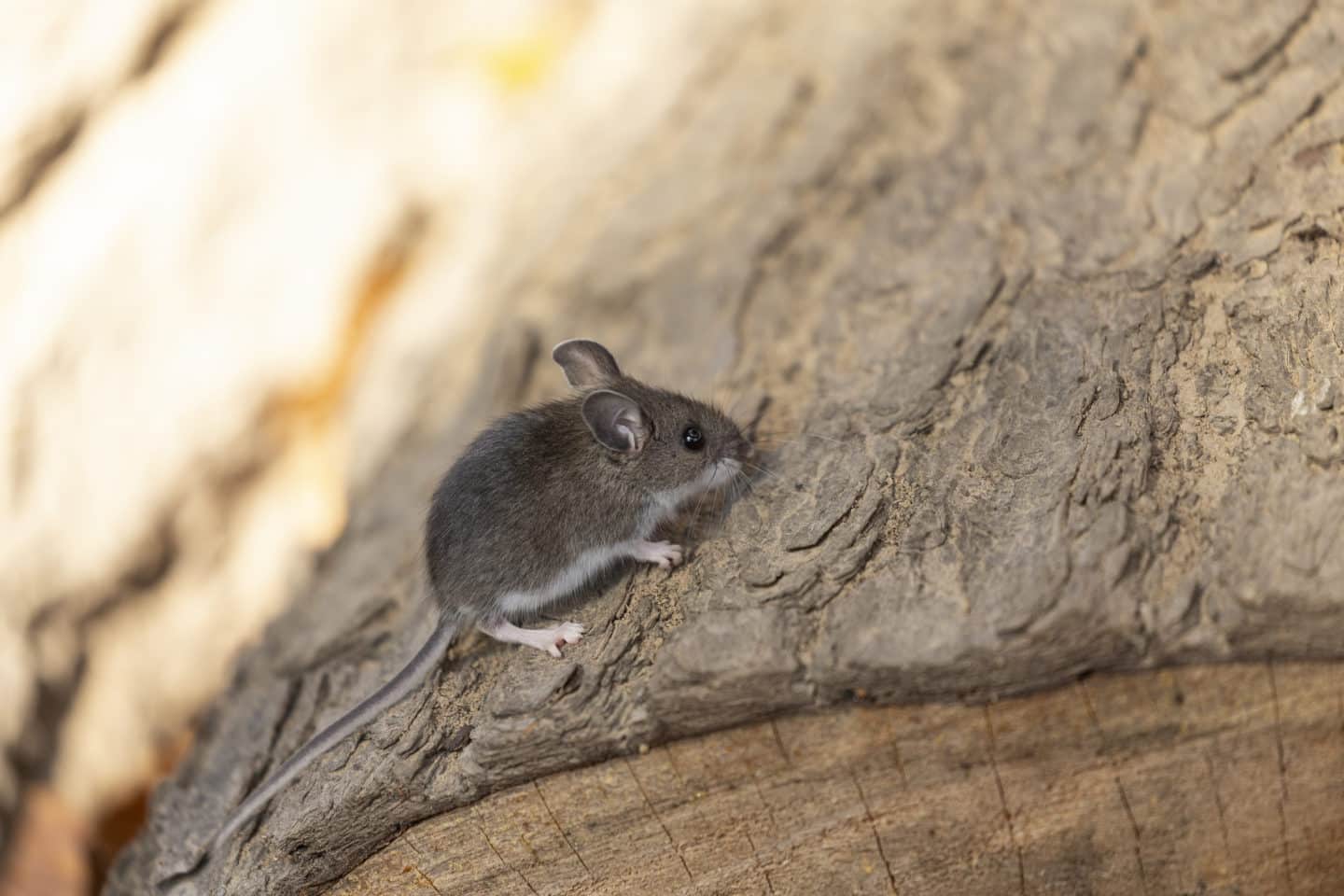
Deer Mouse (Peromyscus maniculatus)
Description
As one of the most abundant and widespread mouse species in the region, you can recognize the deer mouse by its brownish-black fur, white belly & feet, and large ears & eyes. They typically grow to a body size of about 2-3 inches.
Habitat
Deer mice are highly adaptable and make their home in rural, semi-rural, and forested environments. They like greenbelts, parks, and wooded areas; however, they have also been found in homes, attics, and even vehicles in more populated areas.
Native/Introduced
Deer mice are native to the area and can survive without human interaction, despite having adapted well to human environments.
Notable Features
Deer mice are particularly worrisome as a potential carrier of the hantavirus. They can pose a healthy risk as well as being a simple nuisance pest.
House Mouse (Mus musculus)
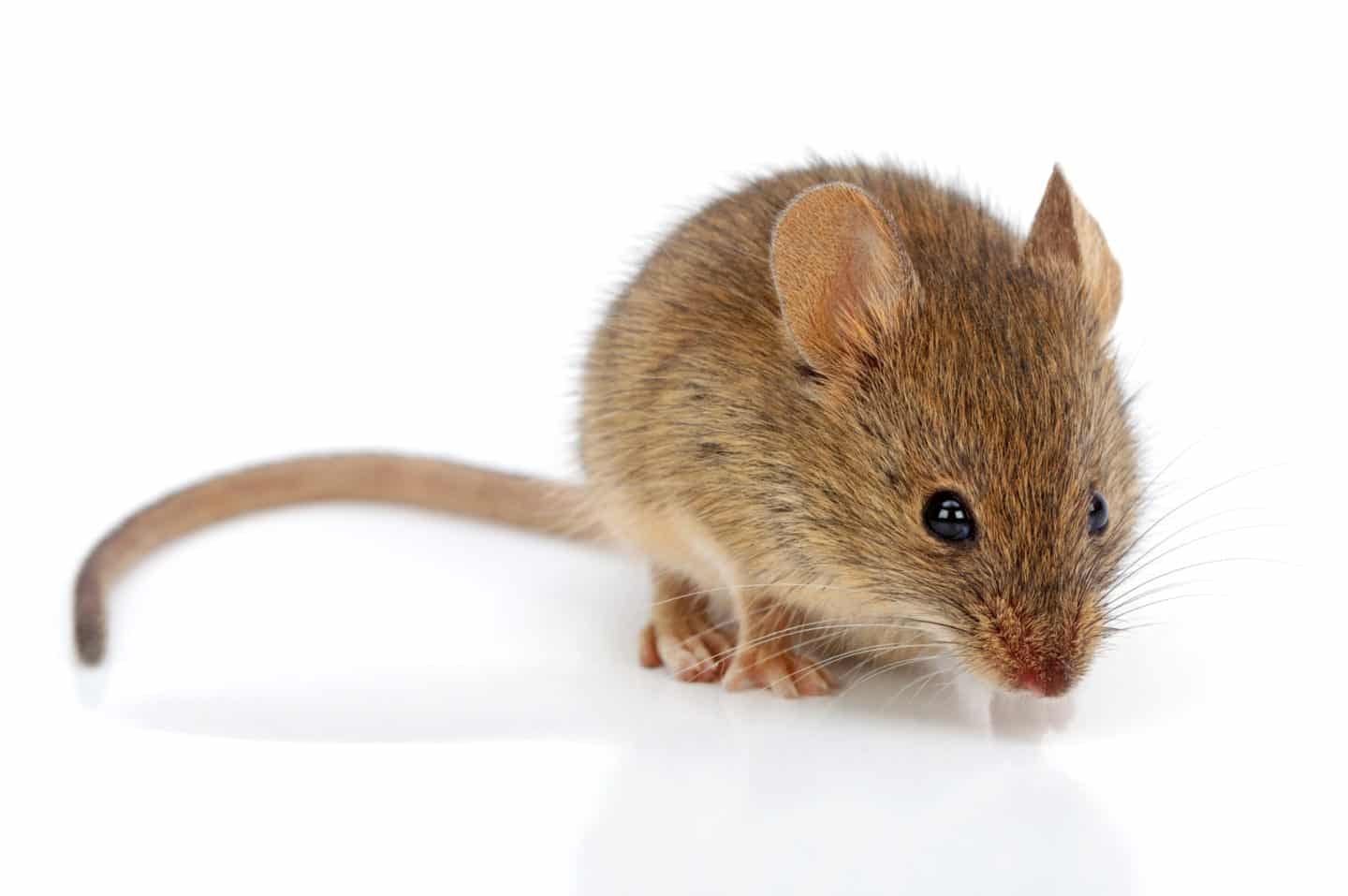
House Mouse (Mus musculus)
Description
The house mouse is another of the abundant species found throughout the Puget Sound region. They are slender mice with grayish fur, a long, scaly tail, large ears, and small eyes. They have relatively hairless tails and ears and grow to about 3-4 inches in body size (5-7 inches including the tail).
Habitat
Most often, house mice are found in and around homes and commercial buildings; however, they can also thrive in farms and open fields. They are very common in cities, as they have developed a quite commensal relationship with humans.
Native/Introduced
The house mouse is an introduced species that has thrived in its adopted environment.
Notable Features
While the house mouse is extensively widespread, in the Puget Sound region, it often finds itself in competition with rats in dense urban areas where it would otherwise thrive. It has been forced into smaller cities and towns throughout the region, where it still maintains a foothold.
Keen’s Mouse (Peromyscus keeni)
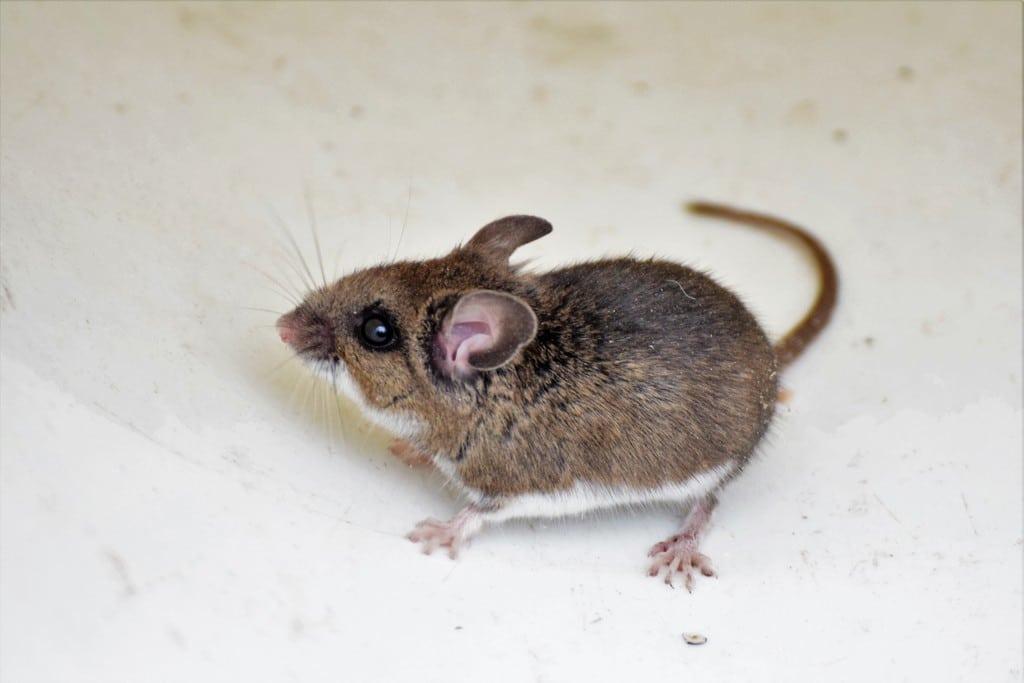
Keen’s Mouse (c) Kurt Steinbach – some rights reserved (CC BY-NC)
Description
Keen’s mouse is a medium-sized mouse with a distinctive two-toned tail. The top is brown or gray while the underside is white. They usually have grayish-brown fur with white bellies. They have large naked ears and large eyes. Their long, skinny tail has short hair.
Habitat
Keen’s mice prefer to live in forests or bushy areas that provide safe shelter and nesting spots, but they can adapt to a variety of environments.
Native/Introduced
Keen’s mouse is native to western Washington, where it thrives in the forests and brushy areas.
Notable Features
They are known for their long tails and large hind feet, which allow them to jump remarkable distances. Keen’s mice prefer the moisture in meadows and thickets near water sources, so they thrive in the Pacific Northwest.
Western and Pacific Jumping Mouse (Zapus trinotatus)
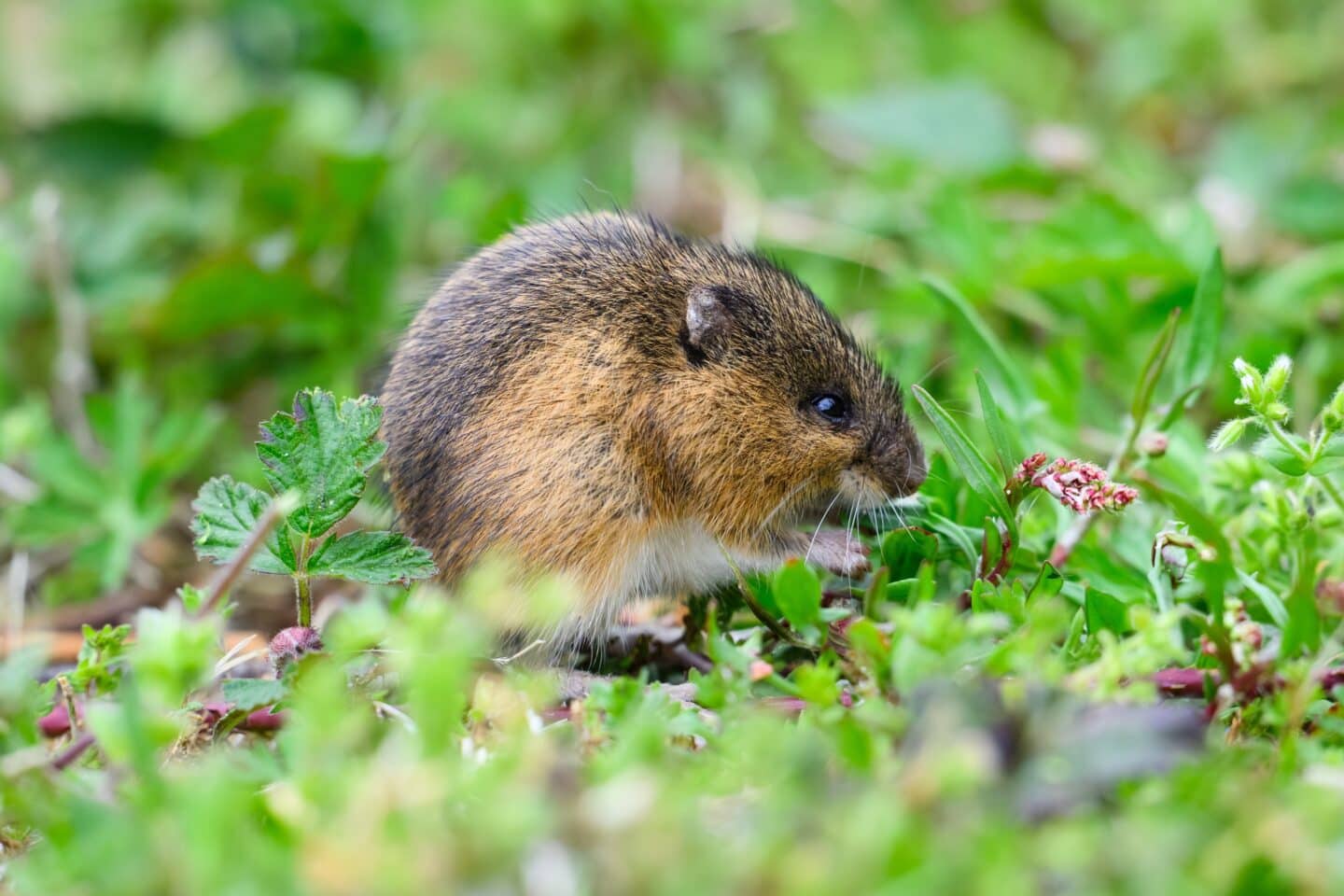
Pacific Jumping Mouse (Zapus trinotatus)
Description
The Pacific jumping mouse is known for its large hind feet, which allow it to jump considerable distances. It has coarse fur in a dark grayish-brown color, with bands of pale fur on its flanks and belly. Their tails are long and darker on top than on the bottom.
Habitat
Pacific jumping mice thrive in mountain meadows and grasslands near areas with abundant water like streams and ponds. They prefer areas of dense vegetation to provide safe shelter.
Native/Introduced
This native species is well-suited to the environment, thriving in streams in the Puget Sound area.
Notable Features
In addition to their ability to jump, another notable feature is that the Pacific jumping mouse hibernates during the winter.
Field Mouse / Meadow Vole (Microtus spp.)
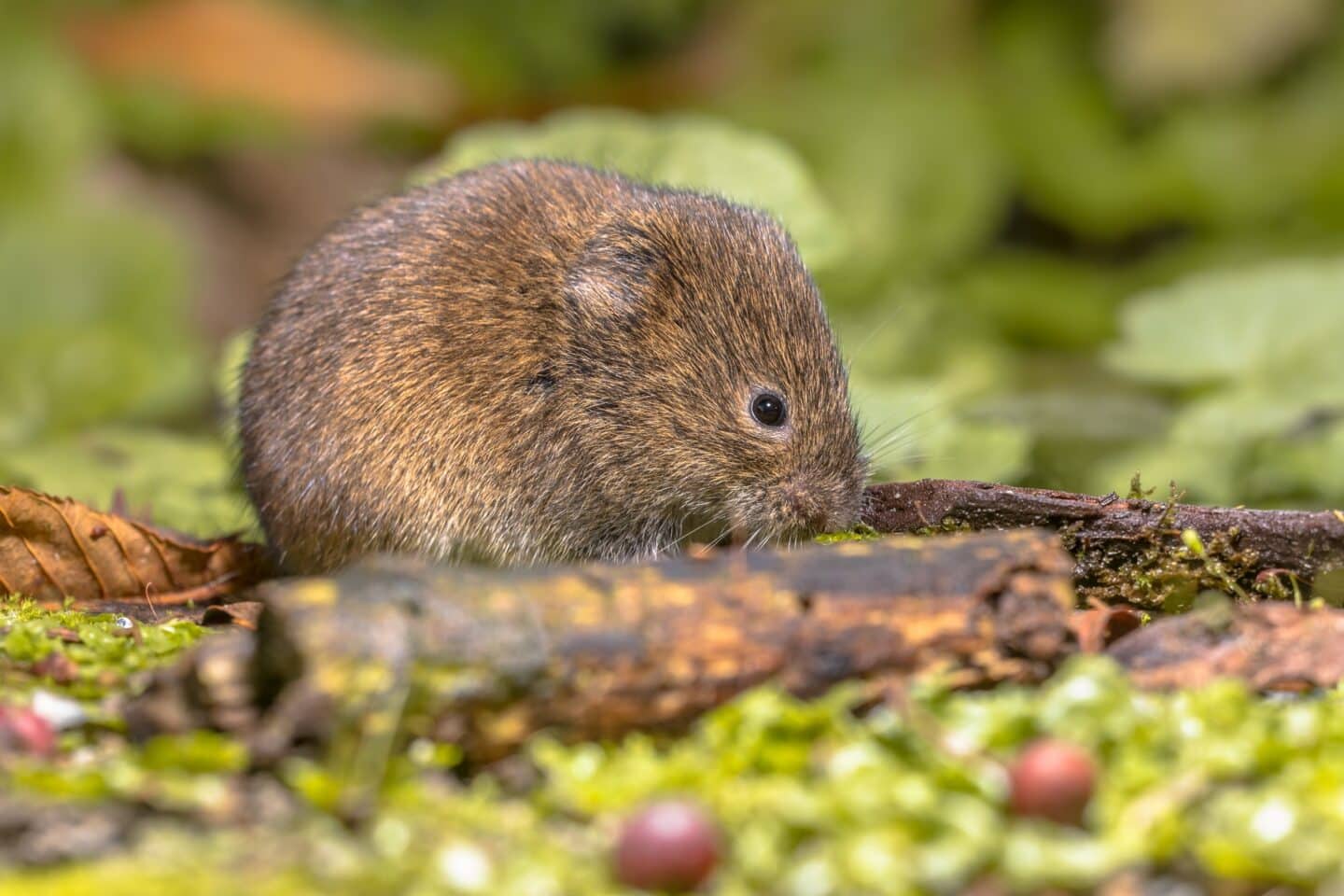
Meadow Vole
Description
Although commonly referred to as “field mice”, the meadow vole is actually not a mouse. They are stout rodents with short tails and coarse fur. They have a long, furry tail, small ears, and dark brown feet.
Habitat
Field or meadow voles prefer the less populated areas of Puget Sound, thriving in grasslands and the edges of forests.
Native/Introduced
This native species is well-suited to the environment, inhabiting grasslands, fields and meadows and the edges of wooded areas.
Notable Features
Meadow voles are less likely to be found in urban settings. Instead, they are a greater threat to gardens and agricultural lands than homes.
White-Footed Mouse (Peromyscus leucopus)
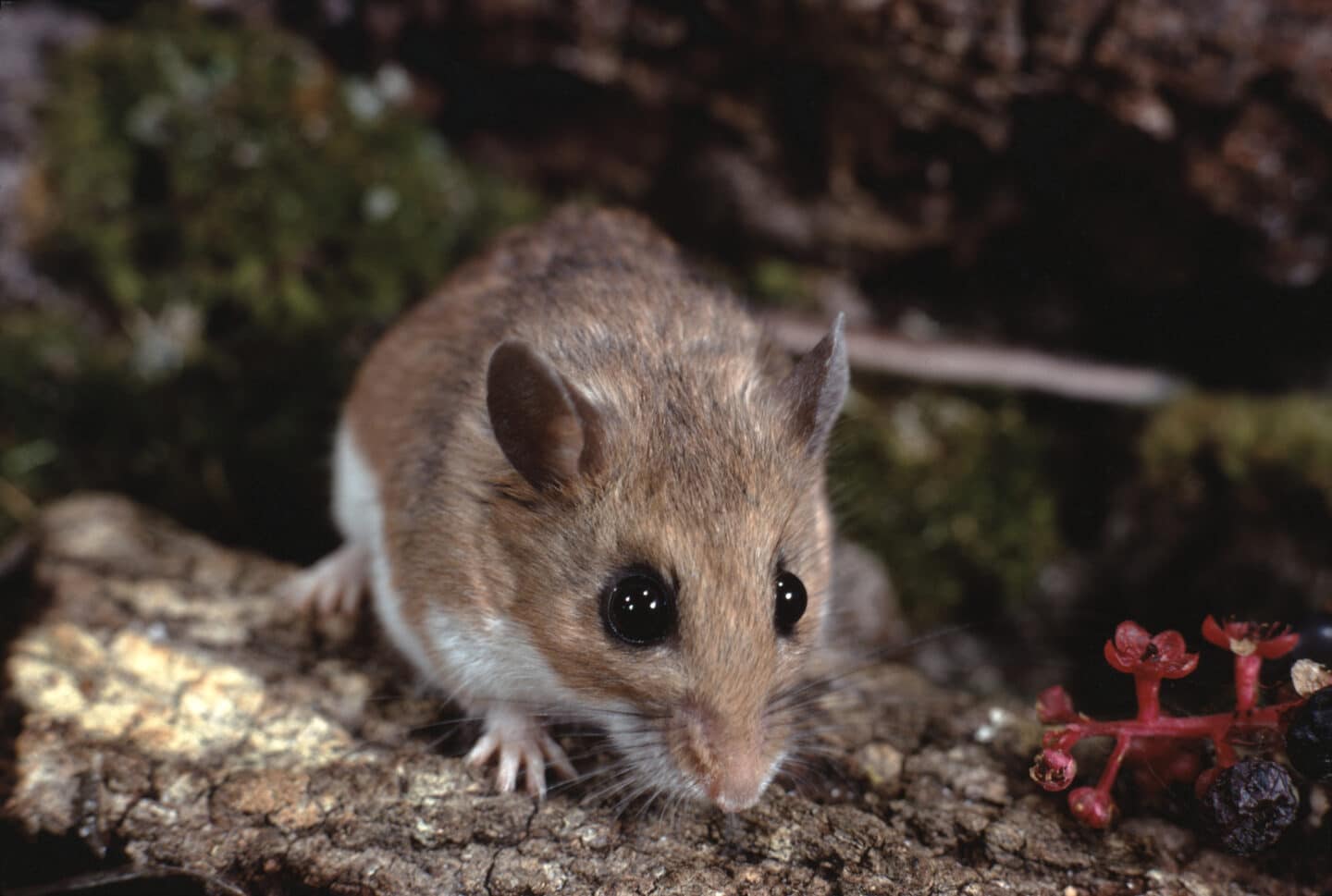
White-Footed Mouse (Peromyscus Leucopus)
Description
The white-footed mouse bears a strong resemblance to its deer mouse cousin. It is a small species, with a total length of 5-8 inches, including the tail, which can be up to half its body length. It has reddish-brown fur with a white belly and feet. They have large black eyes and prominent ears.
Habitat
While they are found in a variety of habitats, white-footed mice prefer wooded areas with lots of brush. These areas provide the shelter they need from predators and supply food and nesting materials.
Native/Introduced
White-footed mice are native to the area with vital ecological significance.
Notable Features
These mice are crucial to the Pacific Northwest ecosystem, as they play a vital role in seed dispersal and serve as prey for predators.
Understanding the diversity of mice in the Puget Sound region can help to combat their invasion into homes, gardens, and businesses. They are an essential part of the ecosystem, but they have their place. If you suspect a rodent infestation, contact Cascade Pest Control at 888-989-8979, which can identify the threat and develop a customized plan of action.
